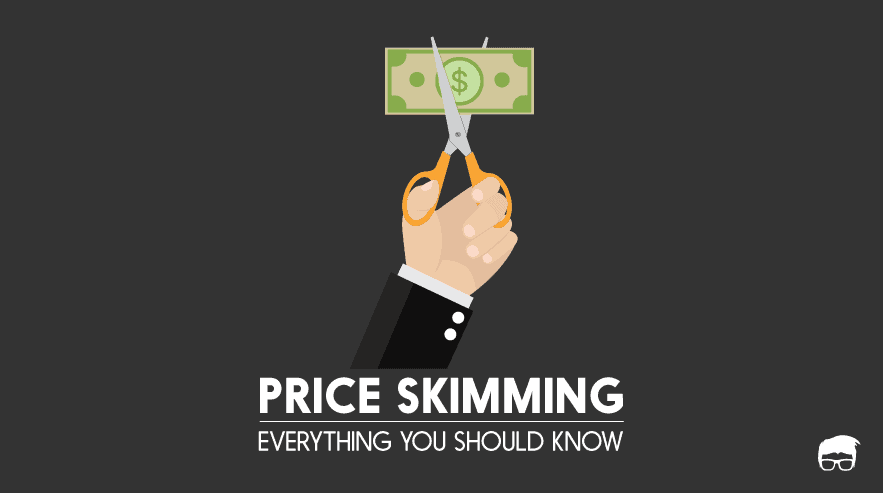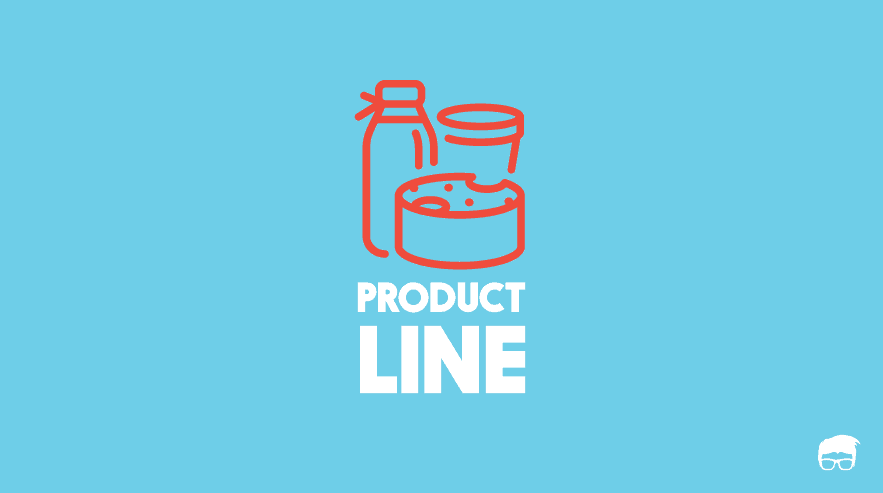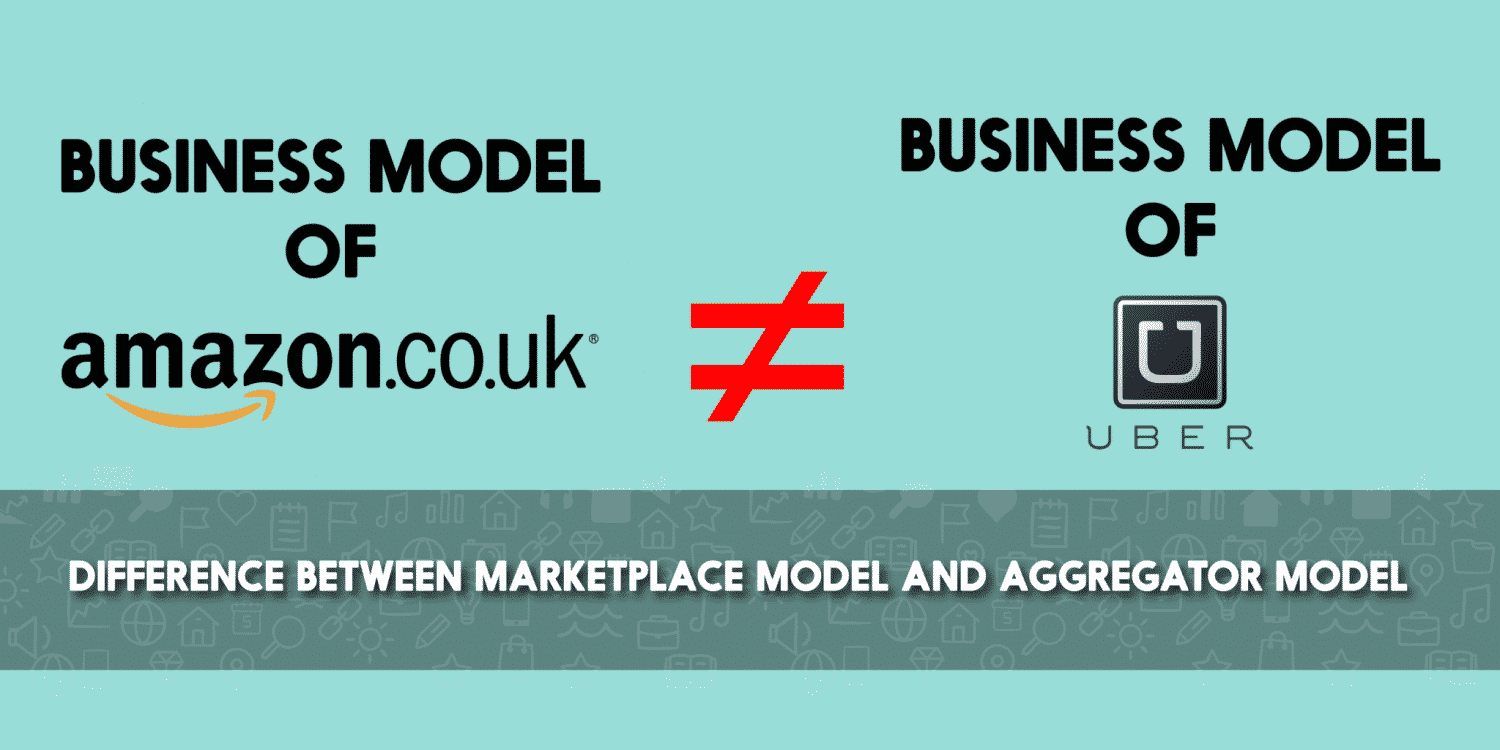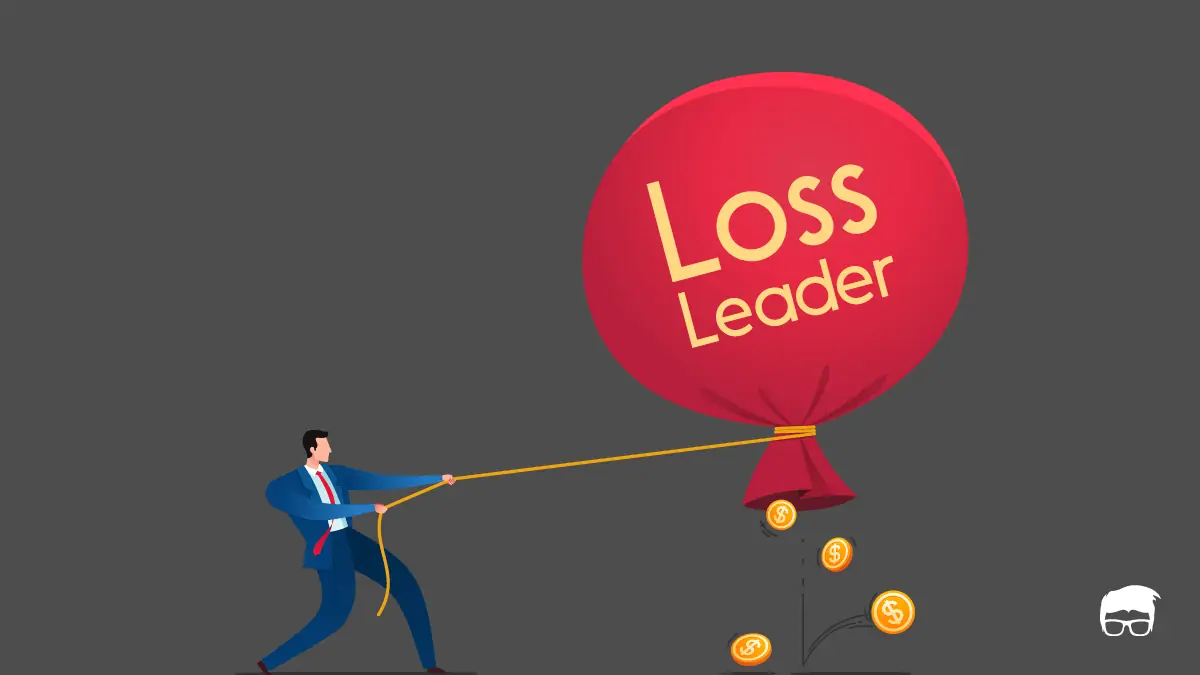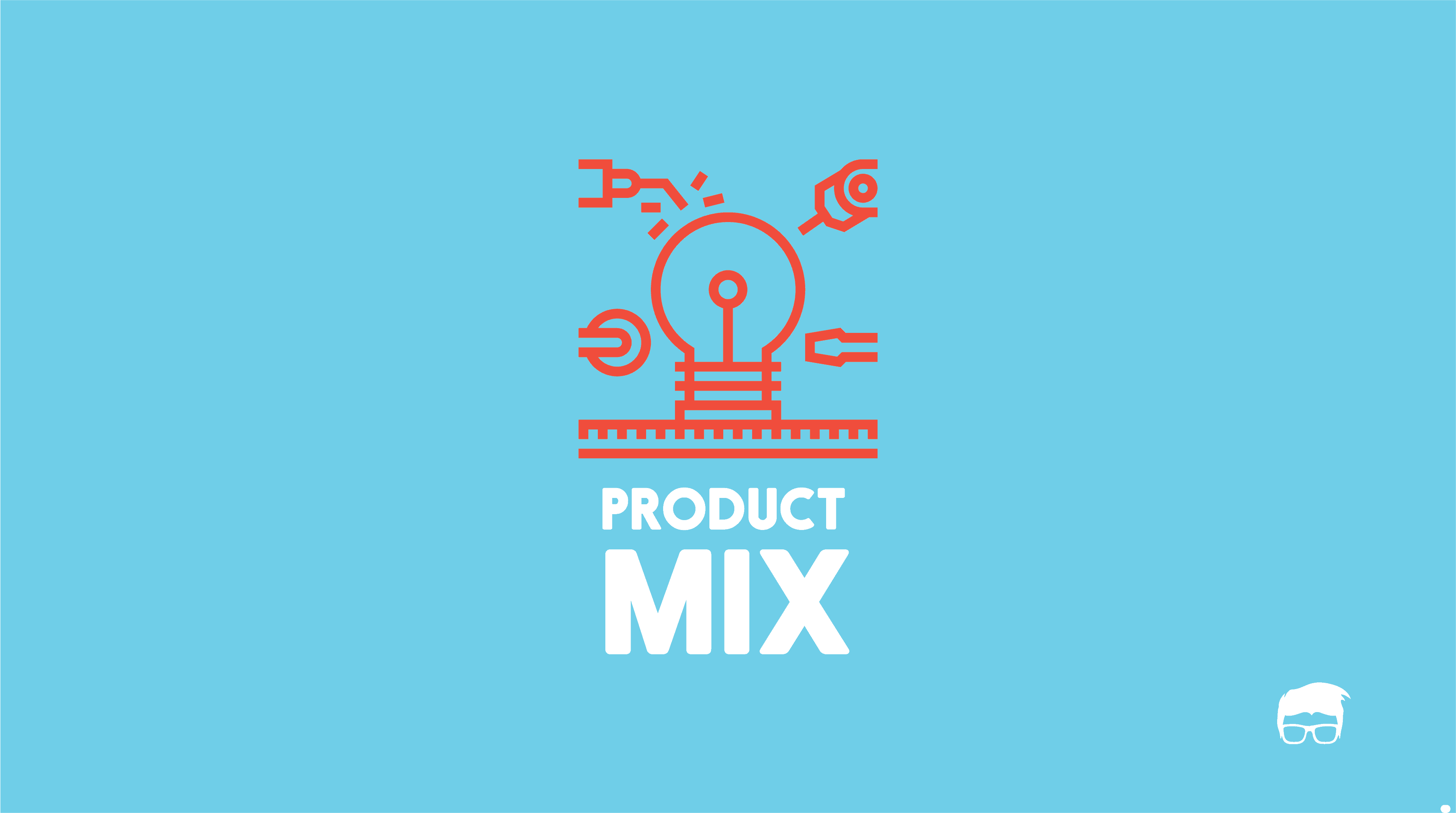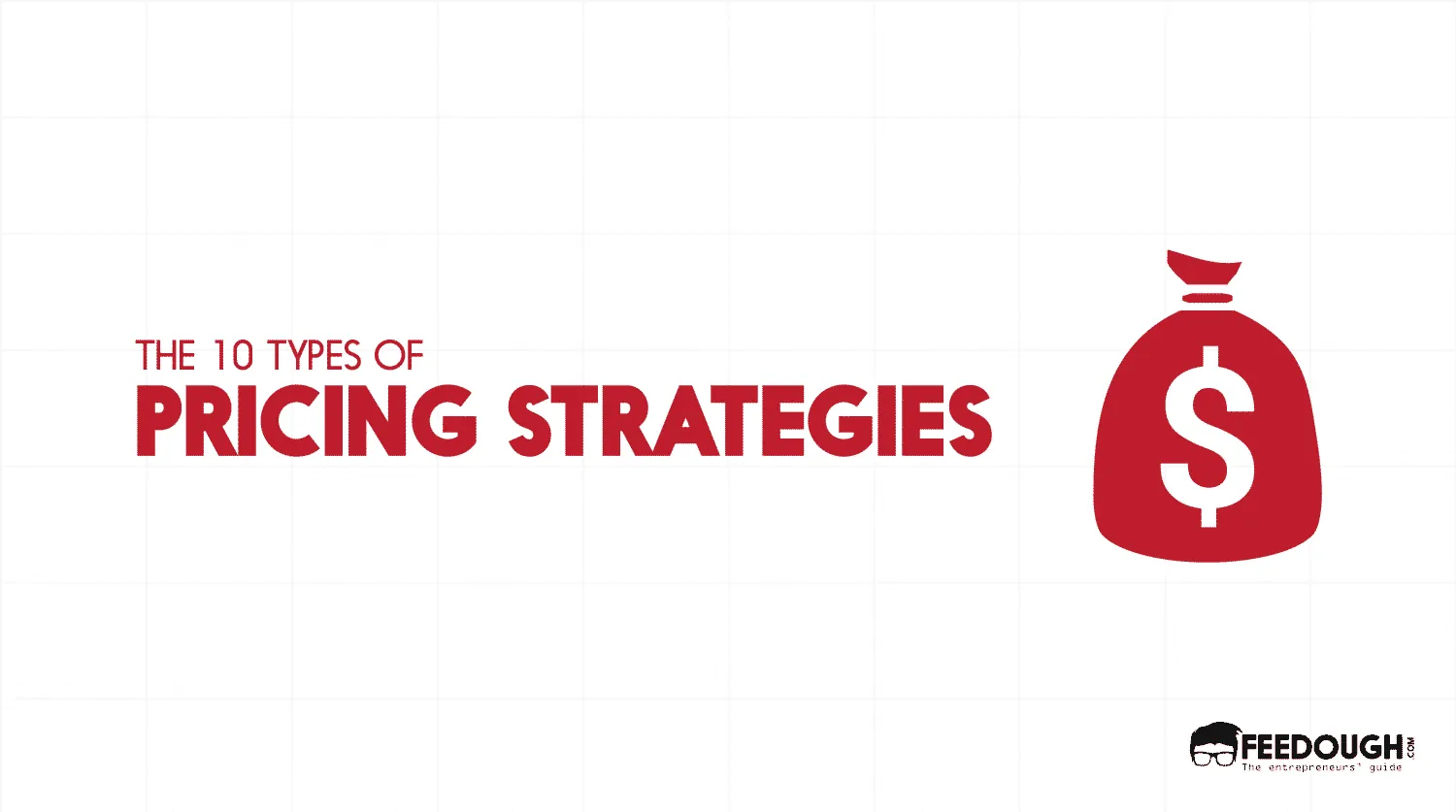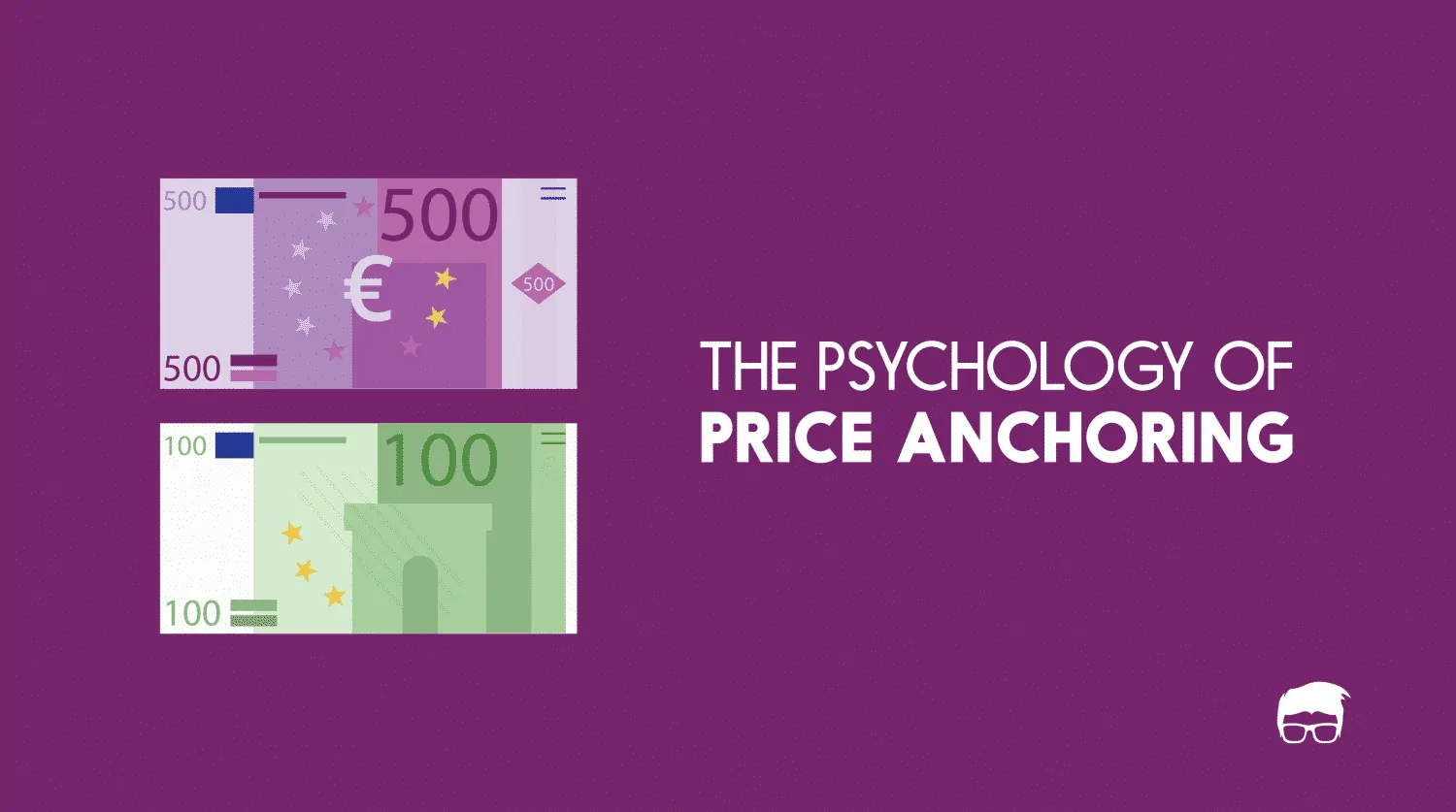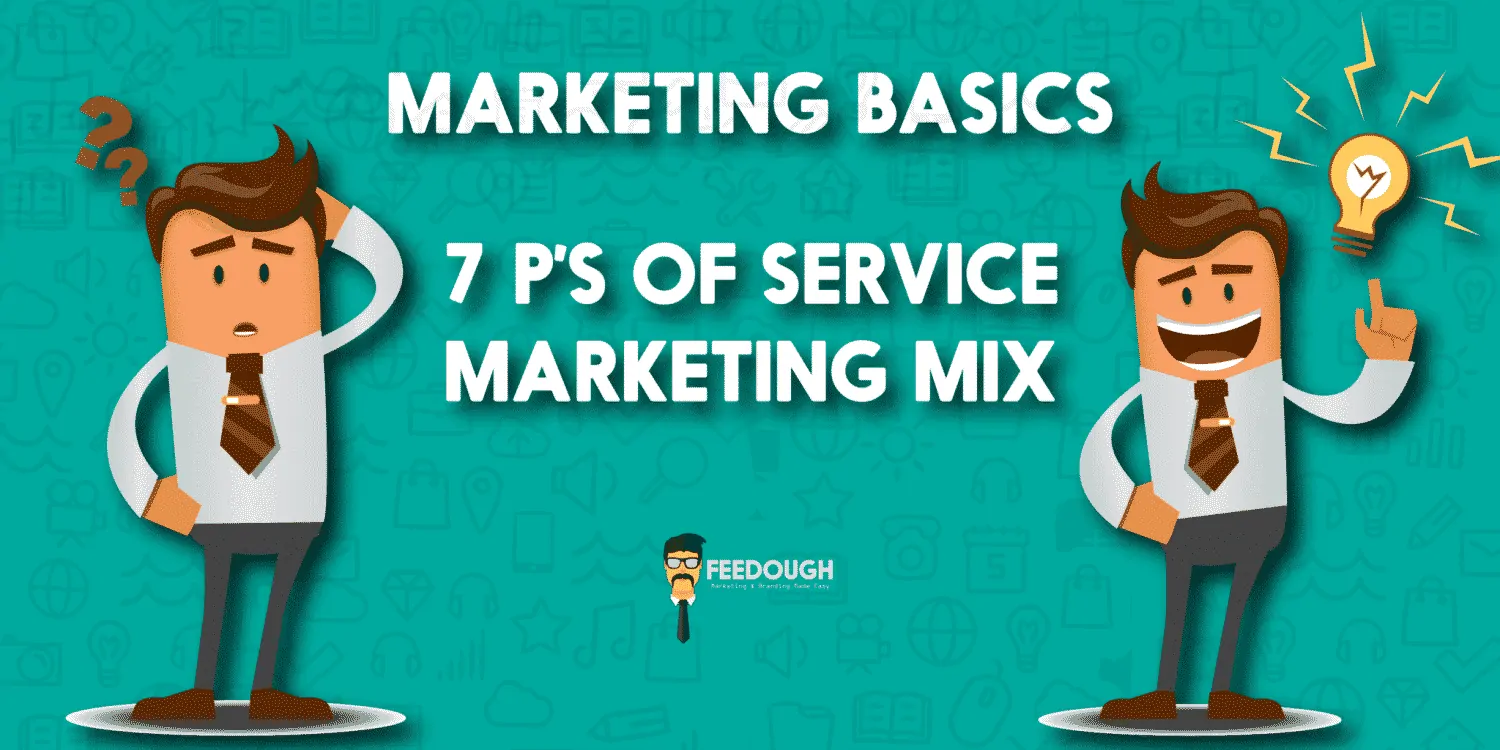Most business’ product lineups usually consist of similar or related products. Take Coca-Cola for example – its product lineup includes a variety of beverages like Fanta, Sprite, Tropicana, etc. And even within these product lines, there are products set at different prices because they vary by their ingredients or quantity or taste. This segregation within the product line is price lining.
So, what exactly is this concept of price lining and how does it work? Is price lining a marketing or pricing strategy?
Let’s find out.
What is Price Lining?
Price lining (also product line pricing) is a marketing strategy where a business prices its offerings according to the quality, features, or attributes to differentiate it from other similar offerings.
In simple terms, price lining is a process of grouping similar offerings under different price brackets – each varying slightly by the quality features, or attributes on offer. These brackets usually tend to start low and go higher in price.
Take Coca-Cola, for example. The company sells different sizes of the same drink at different prices. It even prices the gift packs differently during festivals.
Price lining is a marketing strategy even though it has the term “price” in its name. The main objective of this strategy is to make the offering appeal to a wider range of customers and eventually boosting sales and audience numbers.
How Does Price Lining Work?
Price lining is widely used in the retail industry and plays on the perceived notion of buyers believing that higher-priced products and services mostly mean better features and quality.
This strategy lets businesses and companies to capitalize on their existing product/service of particular nature among a wider audience and different markets. A perfect example to demonstrate this would be gasoline prices. The same gasoline, when refined and branded, is sold at a different price bracket than the usual price.
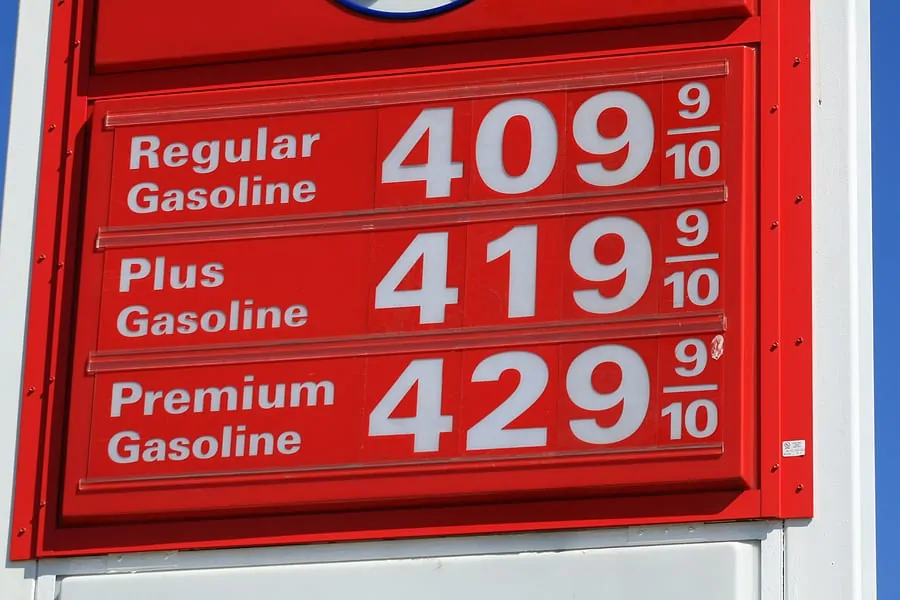
This also helps them avoid the design, development, and manufacturing of an entirely new product just for different market segments and to capture buyers with different purchasing capacities. Here, the higher-priced products and services usually have maybe an added feature or two and higher quality compared to the lower-priced ones.
Let’s look at a few examples of price lining to gain a better understanding.
Examples Of Price Lining
Smartphones
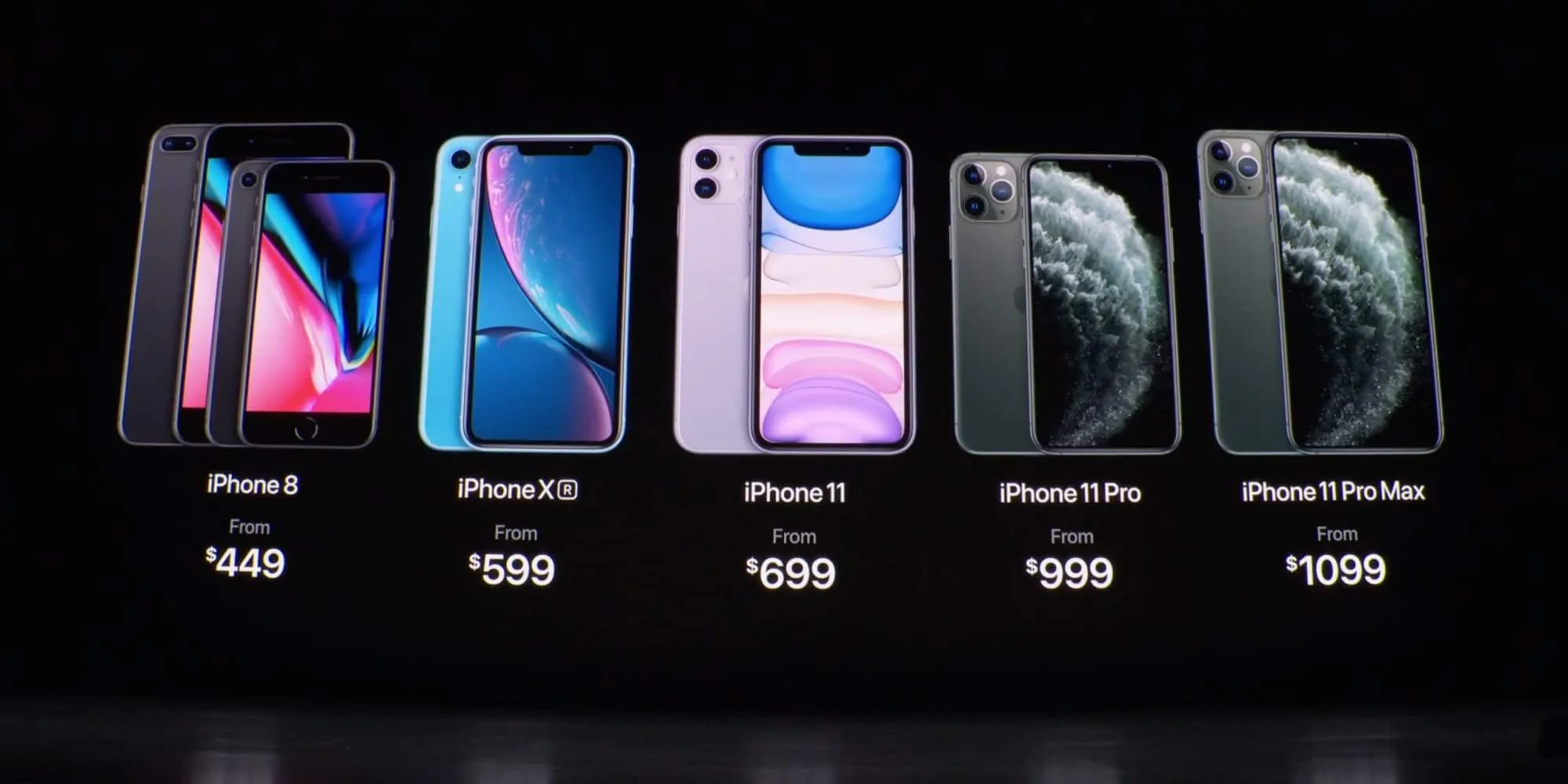
Apple, a smartphone manufacturer is a good example of price lining implementation. Apple offers its iPhone range in a variety of price ranges with each differing only by the presence of few additional features added to the higher-priced models. This helps Apple cater to a broader audience with different purchasing power and help increase their sales compared to having only highly-priced iPhones.
Automobiles
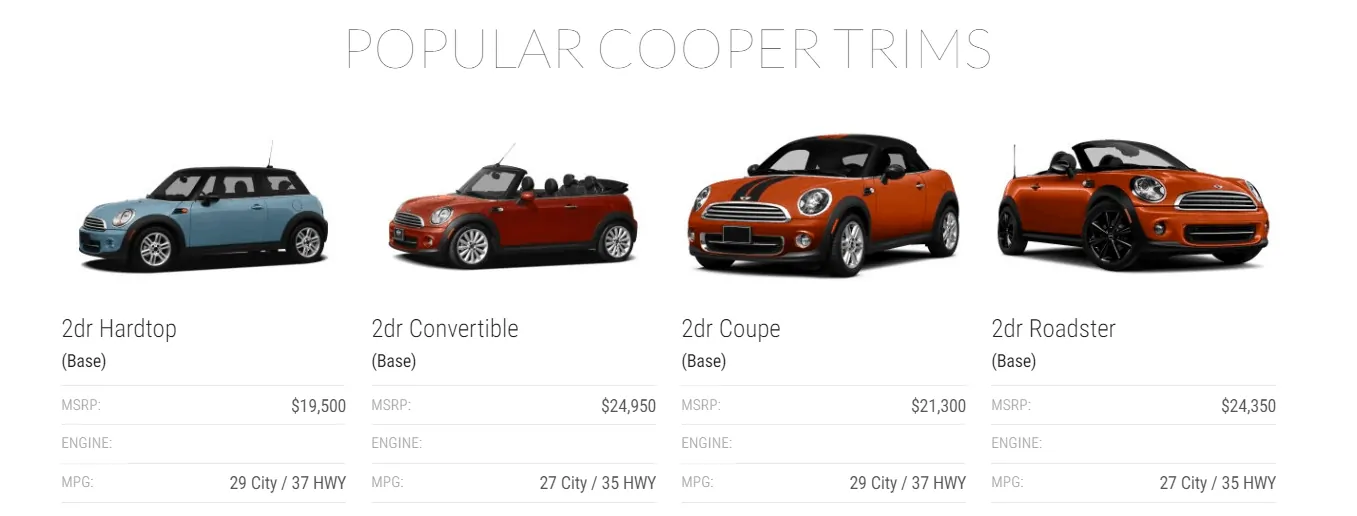
A car manufacturer prices their single-car variant into various different pricing categories where the car in most pricing tiers are mostly the same in terms of the features. The higher-end trims of the model might get an extra feature or two while everything else is additional, but that’s it.
Online Services
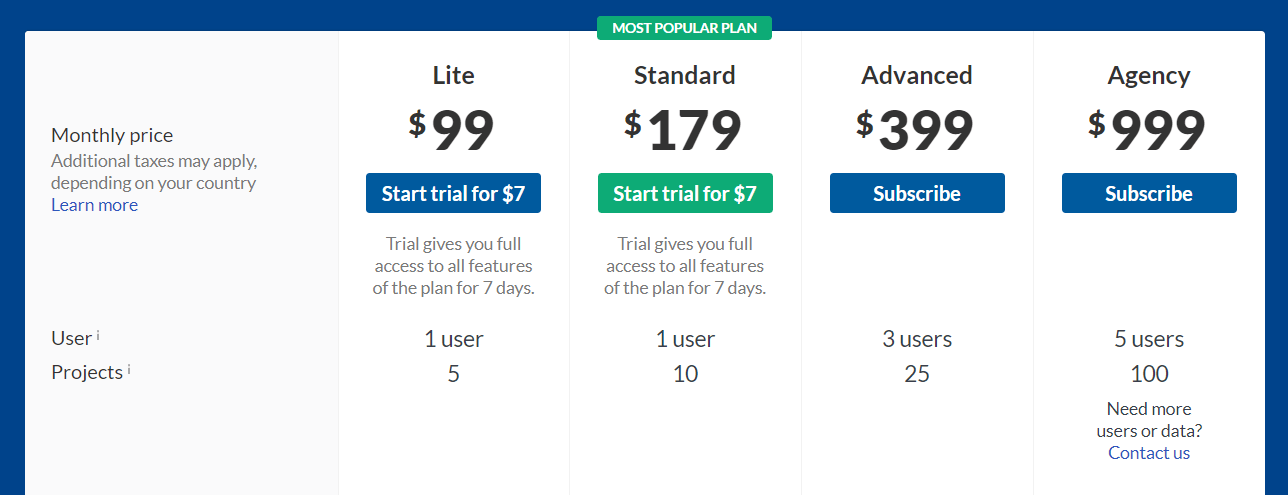
Take an online website providing study materials and courses – they might have different tiers of the same course, each with slightly varying features and facilities on offer. The lower-priced option might provide just the basic course while the higher-priced option might give practice tests and downloadable content. But doing so helps in reaching more users, even the ones who don’t want to pay much for getting the basics all the while providing an option for those wanting the entire course.
Internet & Mobile Service Providers

The internet service providers (ISPs) and providers of mobile telephony too tend to utilize price lining for their service lineup. An ISP may provide the same internet service for different price points, with the higher price points receiving a few added features and bonuses from time to time.
Hospitality
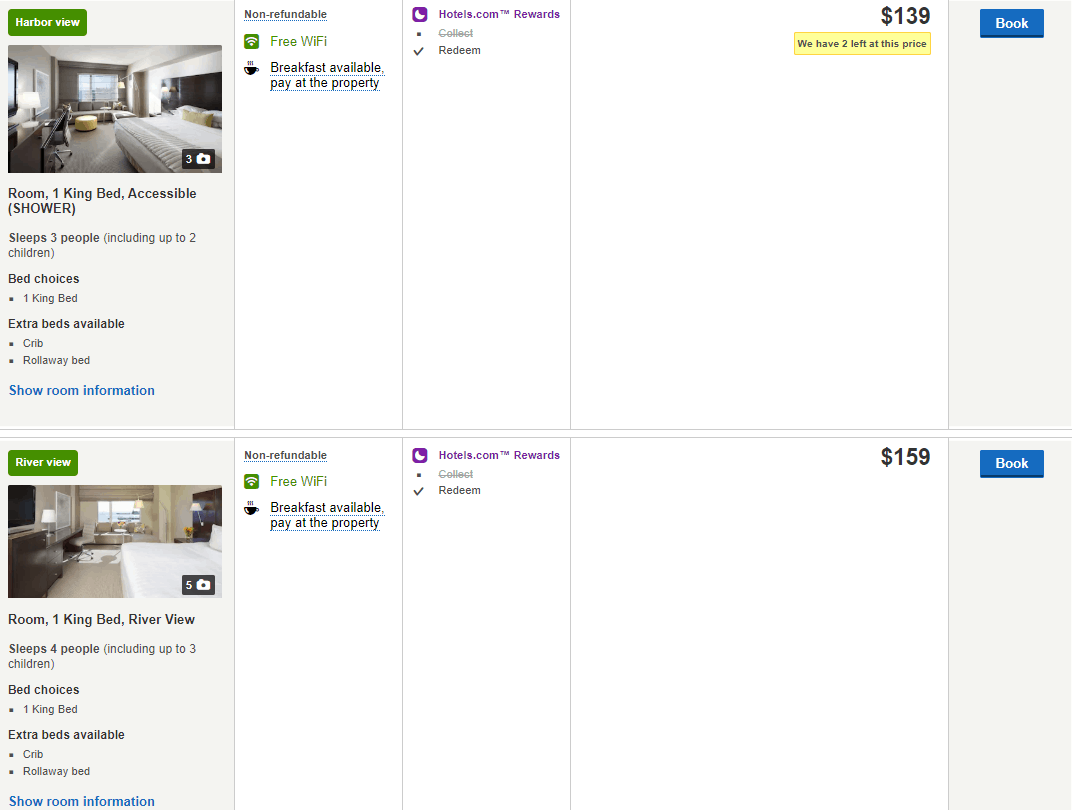
The service industry too can benefit from the use of price lining strategy. Take hotels offering rooms at various different price points and names. Each of the rooms on offer may differ only slightly by their size and features that they offer.
Consumables
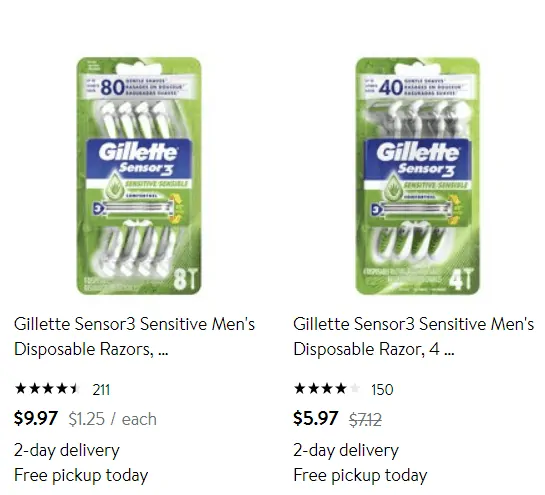
The consumables market is a great example of price lining in action. Take razor blades for example – a company may offer a razor blade for $5 and the same razor with an added feature such as an interchangeable blade for a slightly higher price.
Let’s look at the advantages and disadvantages of price lining.
Advantages of Price Lining
Reaching Wider Audiences
As seen with the examples, the use of price lining helps businesses reach a much larger pool of audiences with just a limited range of products in terms of uniqueness.
More Options for Consumers
Not every consumer has the same tastes or interests and in order to fulfil a larger range of consumers, businesses have to either create an entire line of new products to cater to the demands of the different consumer types or just use an existing product and tweak its price and features on offer to provide for the consumers. This brings in more choices for the consumer to customize or choose a product according to their needs instead of waiting for the company to release a new product that suits theirs.
Inventory Benefits
Implementing price lining means that over a certain period, the business gains more insight and data as to which product sells the most and which doesn’t. This data can be immensely helpful in making sure that the higher demand products are always kept in stock, helping optimize their inventory and manage their raw materials and supplies.
Helps Provide a Demo
Price lining provides an added indirect benefit to consumers in the fact that they can buy a certain product with lesser features and benefits for cheaper just to get the hang of it or to see if it actually is of any use to them. The consumers use the cheaper options provided due to the implementation of price lining as a method to demo a certain product or service and seeing if it fulfils their needs before getting the higher-priced offerings.
Does Not Affect Profit Margin
Implementing a few features into an existing range of products and services does not affect the profit margins. Instead, it helps boost the margins since the spending incurred during the implementation process is offset by the increased pricing.
Disadvantages of Price Lining
Susceptible to Market Changes
Price lining is a cost-centric marketing strategy. It does not take other factors such as the market and economic conditions into account. In case of a market or economic slowdown, it affects the buyer’s purchasing power. This leads to consumers preferring lower-priced options which leaves the higher-priced variants to be unsold, piling up in the inventory causing them to lose further value.
Requires Proper Implementation
Price lining, if not implemented properly, can lead to consumers not being able to find a product at the price that they see fit. It also affects the businesses in case it gets the pricing wrong on the products – making the price of a product/service with fewer features higher will lead consumers away from the brand. It also leads to resentment and loss of brand image in the eyes of the consumer.
Also, in case the lower-priced models have very little features, consumers will feel cheated rather than appreciating the bargain.
Negative Brand-Impact
In certain cases, implementing price lining on a product line up gives the impression of the business trying to discriminate the spending power of different consumers. This tends to alienate the customers with lower purchasing ability away from the brand.
Conclusion
It is clear that price lining provides a lot of benefits to both the consumer and the businesses – if and only if price lining is implemented properly.
While there are various marketing strategies, when implemented properly, price lining helps businesses cater to a wider range of consumers without taking a toll on its production and manufacturing capabilities.
Go On, Tell Us What You Think!
Did we miss something? Come on! Tell us what you think about our article on Price Lining in the comments section.

Started out to become a developer but felt at home in the home of startups. The journey started from a single novel. Been an entrepreneur since schooling days. Interested in coding, reading and movies.
